 RFView® for MAK ONE
RFView® for MAK ONE
Real-time Ray Tracing Technology to Generate Synthetic Aperture Radar Images of MAK ONE Simulation Environments
Synthetic Aperture Radar (SAR) imaging has become an indispensable tool for today’s modern militaries. This creates a critical requirement for modeling and simulation engines and platforms to generate simulated SAR images that are both physically accurate and fully correlated with out-the-window views and EO/IR images of your virtual world.
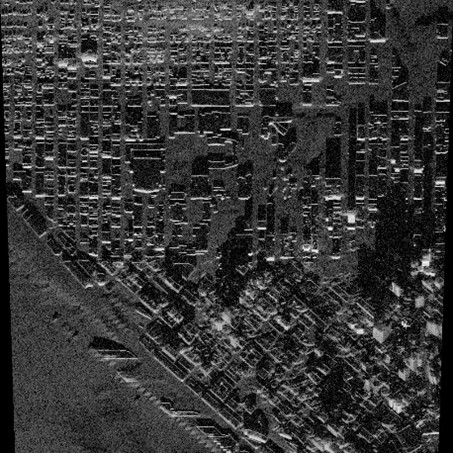


Key Features
Layover & Shadowing
Surfaces closer in range to the radar appear to “lay over” the ground in front of them.
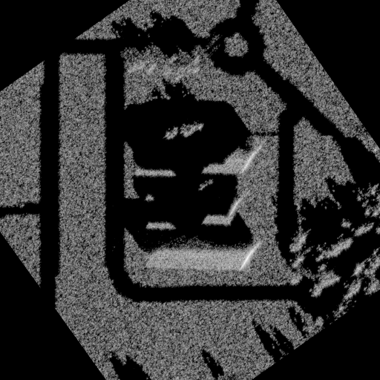

Car appears in front of its shadow
Relative Velocity Doppler Shift
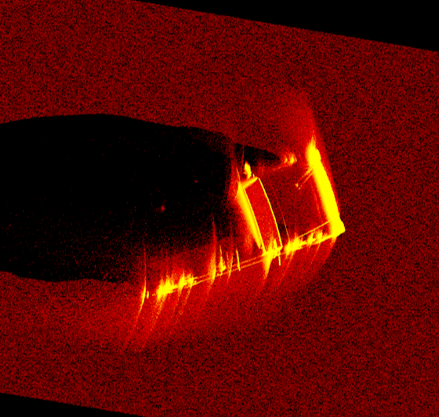
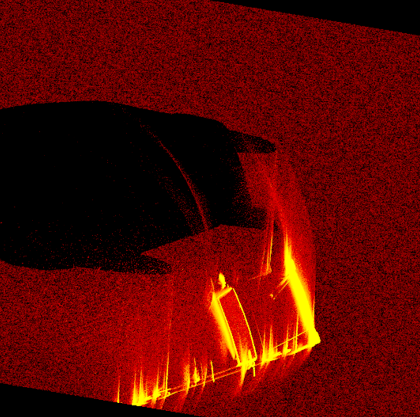
Target reflection shifts in frequency due to relative velocity, but not its shadow
Receiver Noise
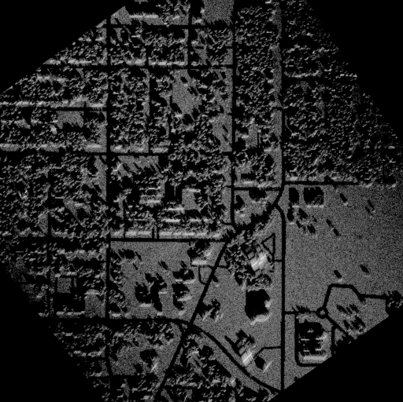
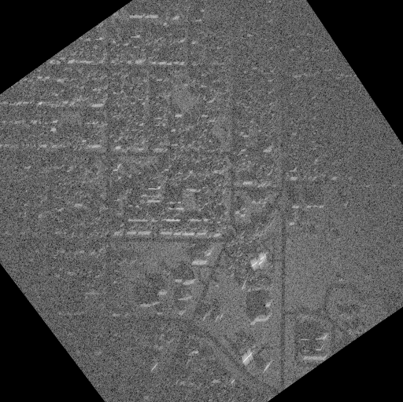
Low SNR scenario
Waveform Effects & Speckle
Both images have Constructive & Destructive Interference (i.e. Speckle Noise)
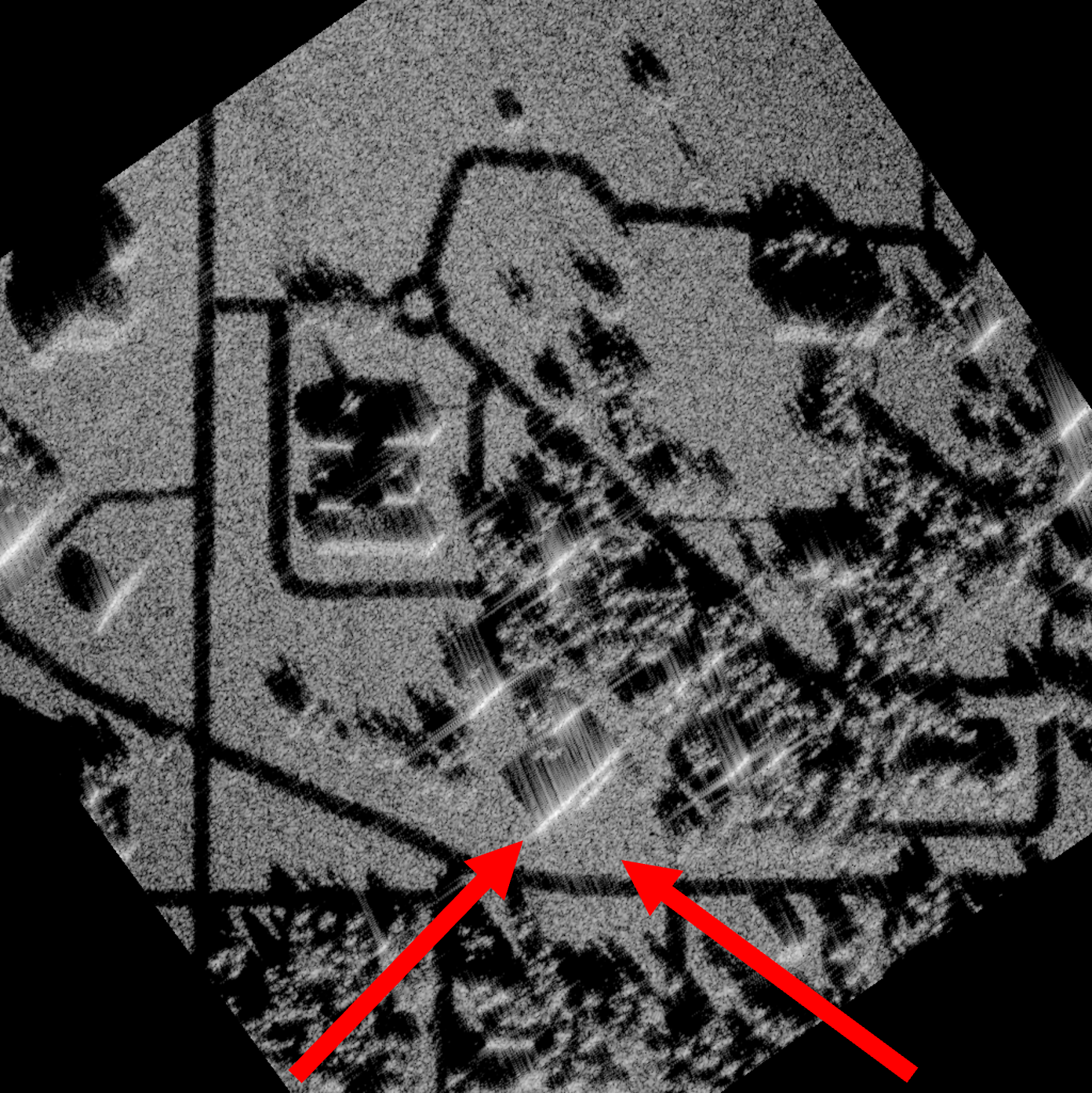
Ringing, i.e. sidelobes, Gibbs effect
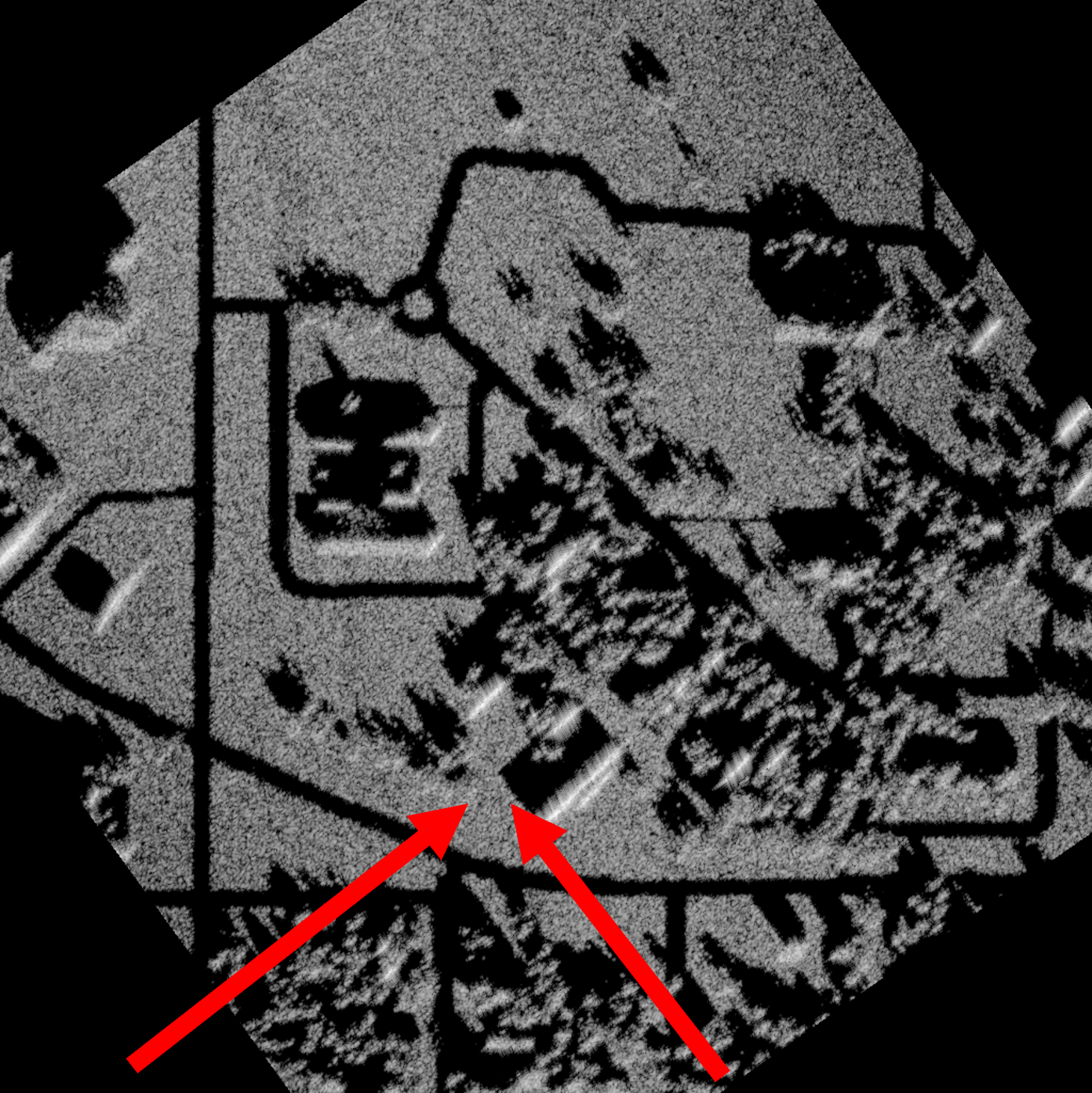
Sidelobe Suppression (i.e. Taper Windows)
Windblown Doppler Shift
Windblown leaves induce random Doppler shift
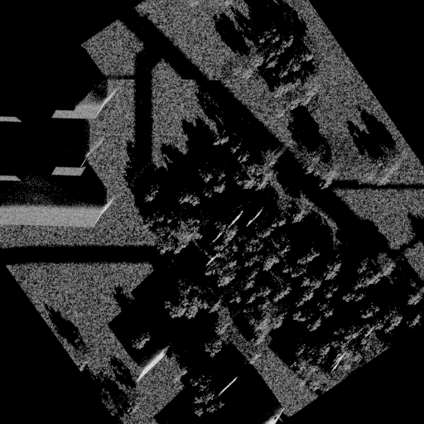
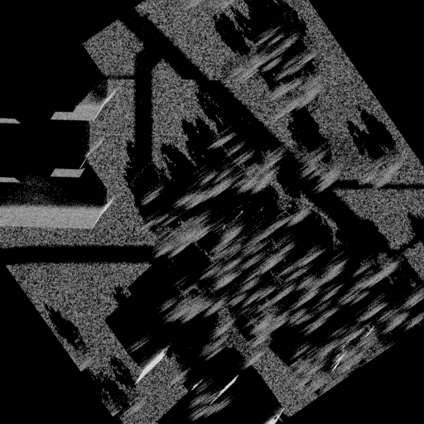
Windblown leaves induce random Doppler shift
Antenna Patterns, Beamforming, Multichannel Support
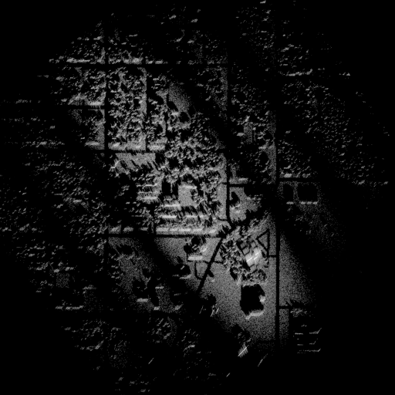
Antenna Patterns with no tapering/sidelobe suppression
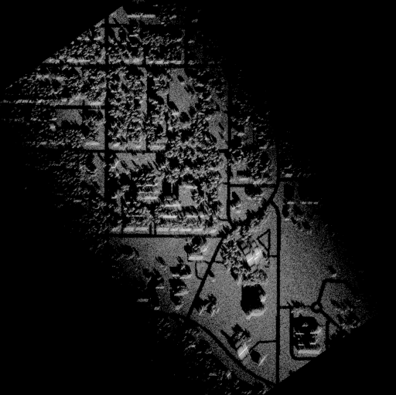
Antenna Patterns with Sidelobe Suppression
Phase History, Motion Effects, Range Walk

"Ideal" SAR ground map
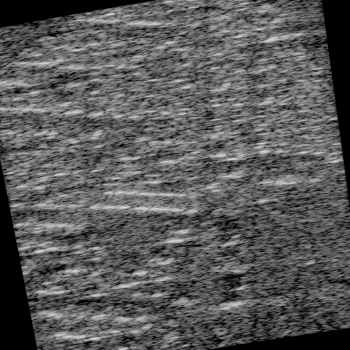
With excessive motion or low Doppler resolution
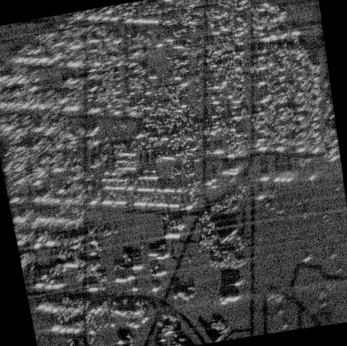
Doppler Beam Sharpening with Range Walk & Quadratic Phase
RTX Path Tracing Multibounce & Flashing
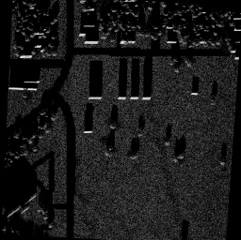
1 Bounce
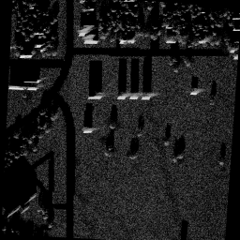
8 Bounces
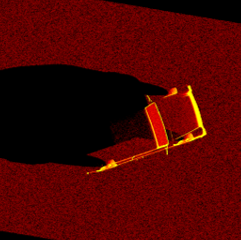
1 Bounce
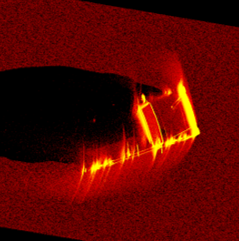
8 Bounces
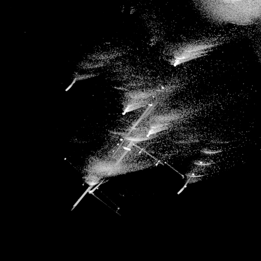
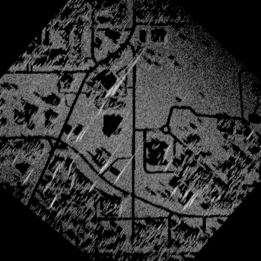
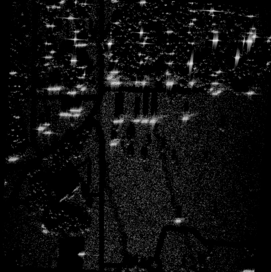
With waveform and Doppler effects
RFView® is a registered trademark of ISL Inc.




